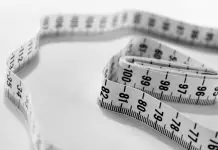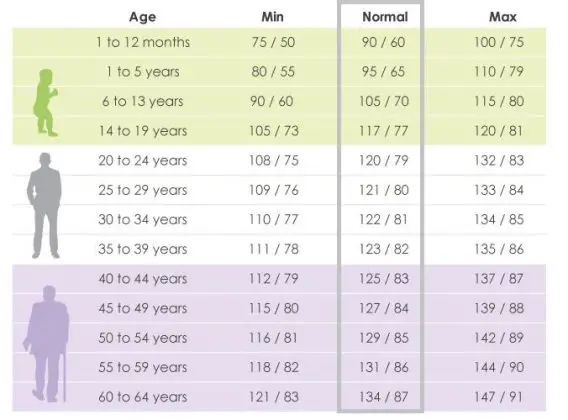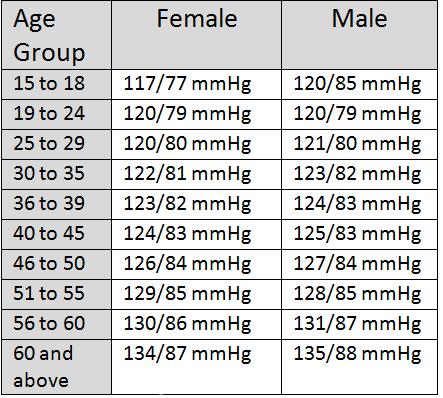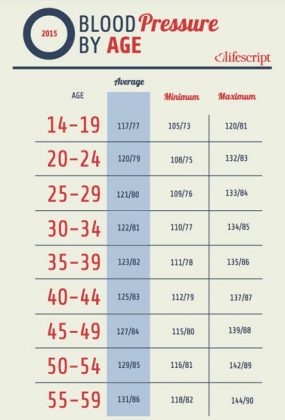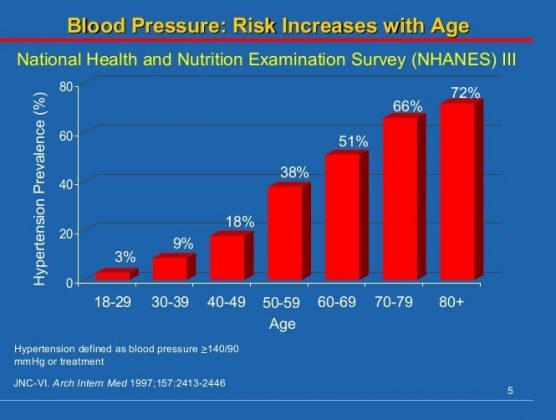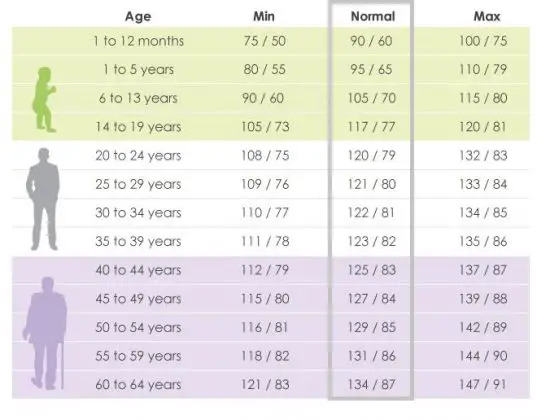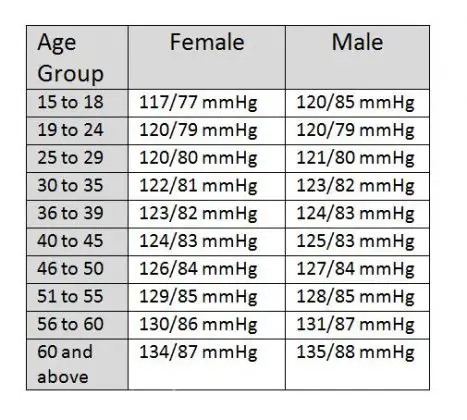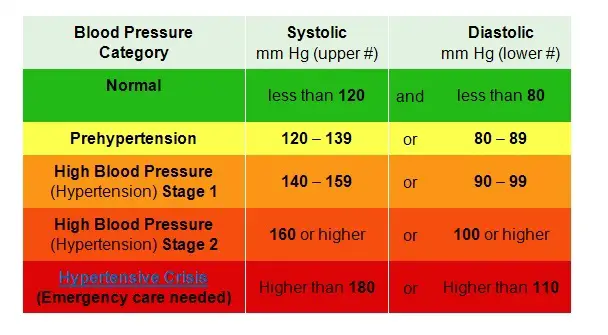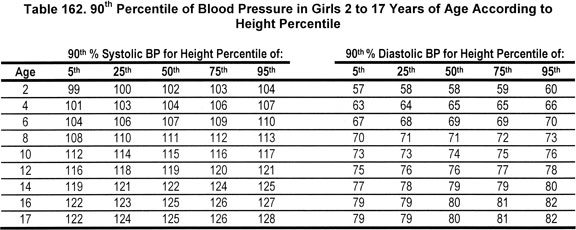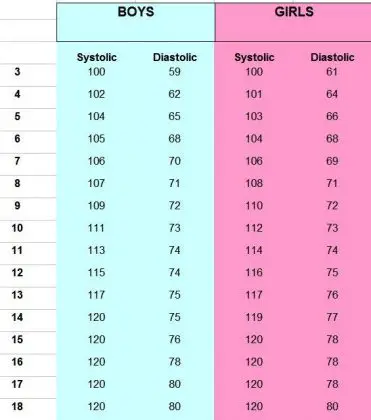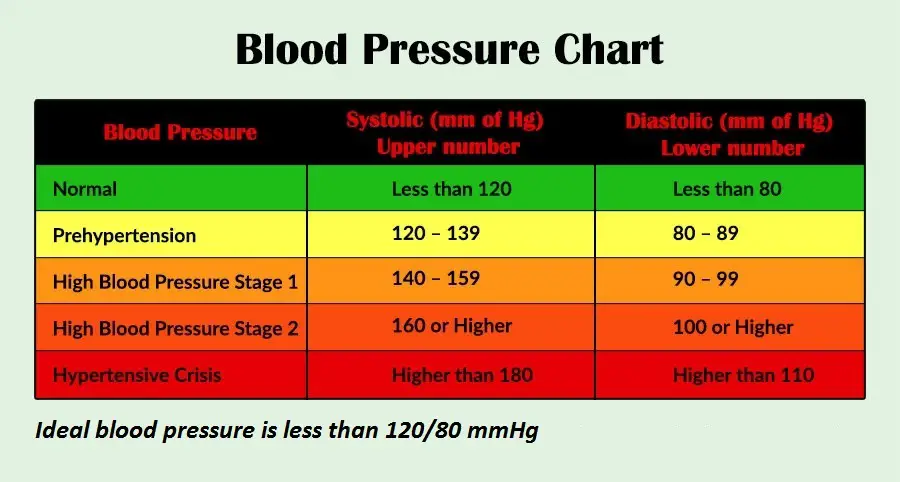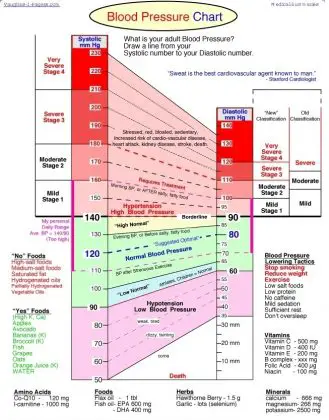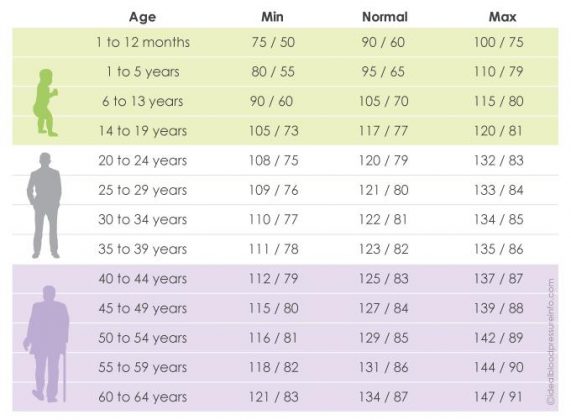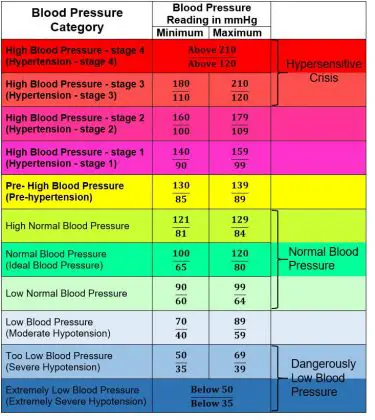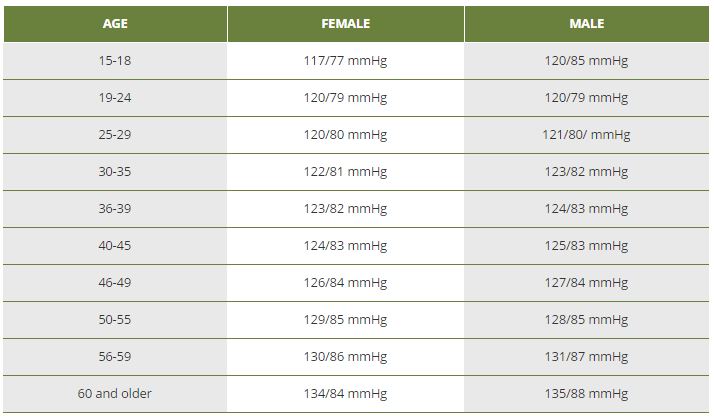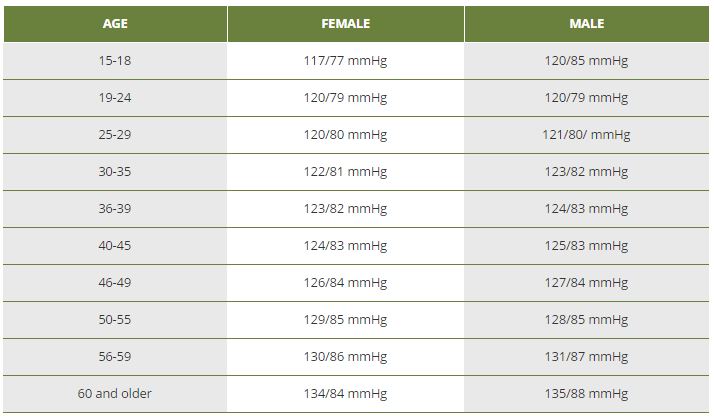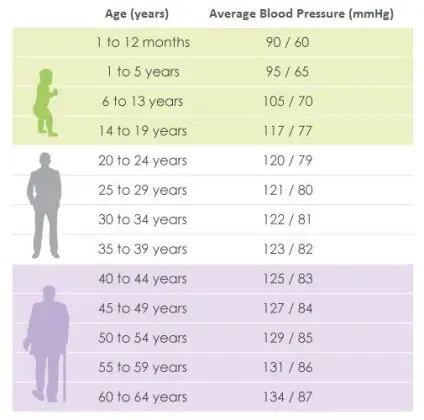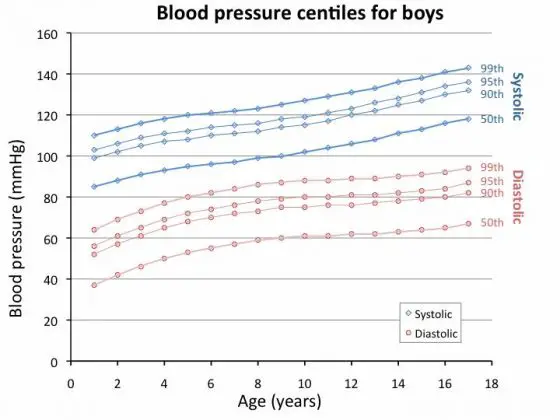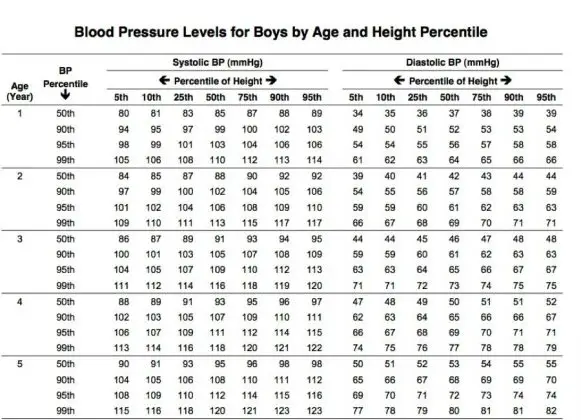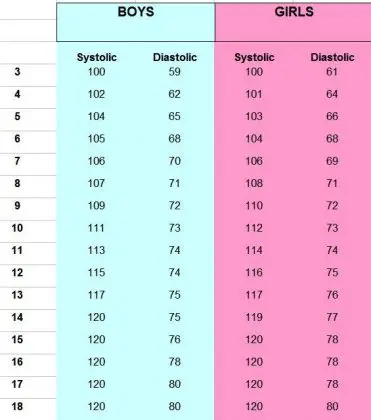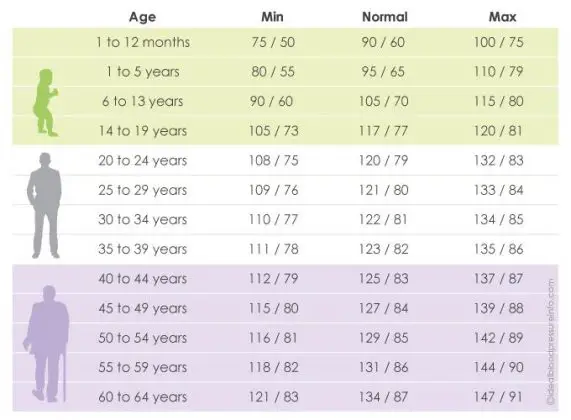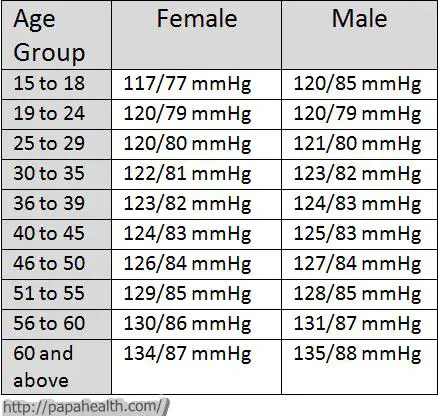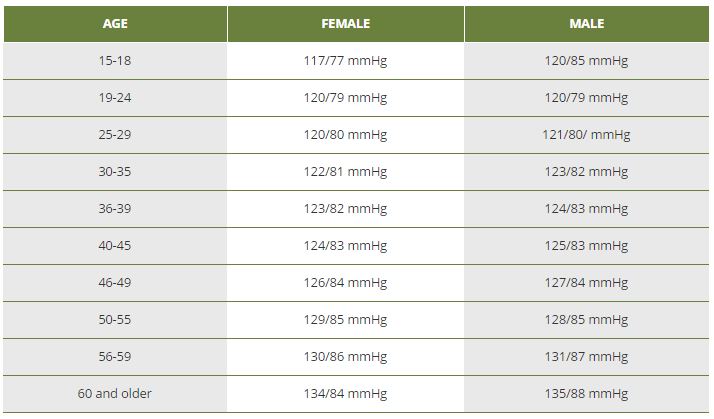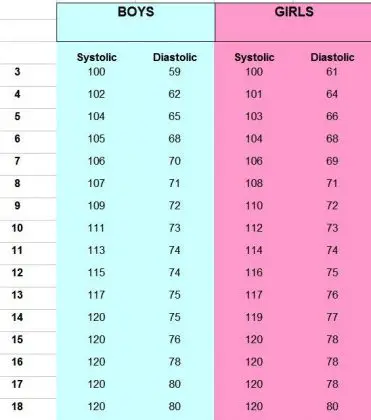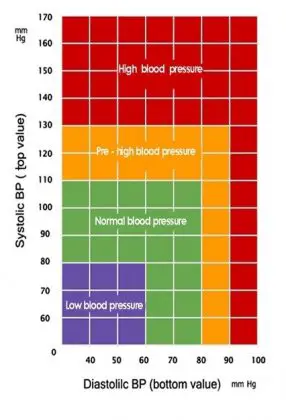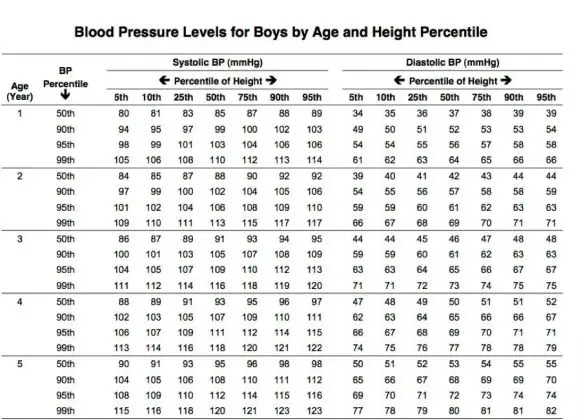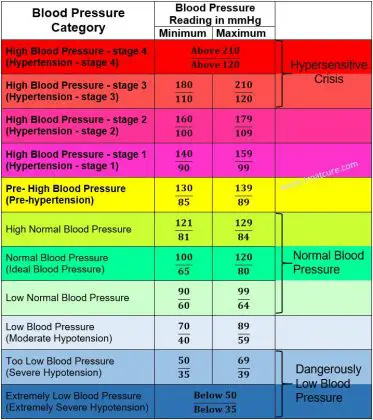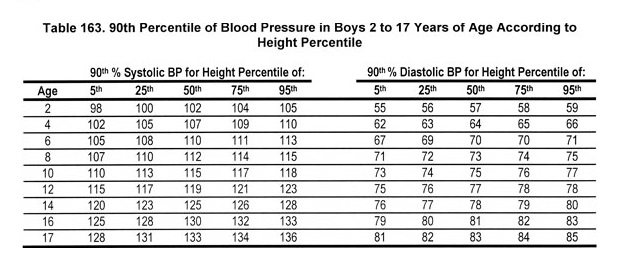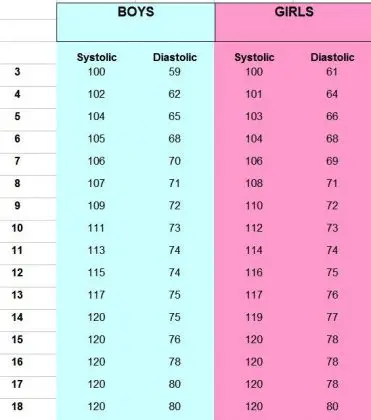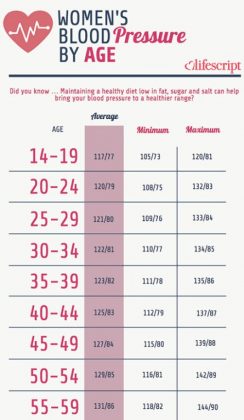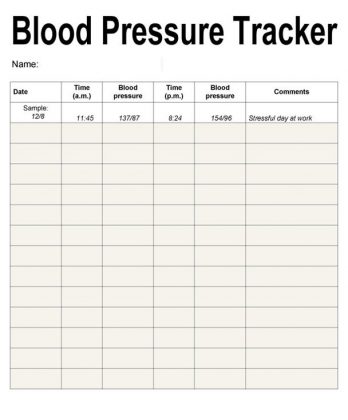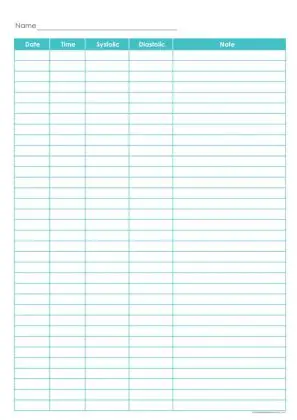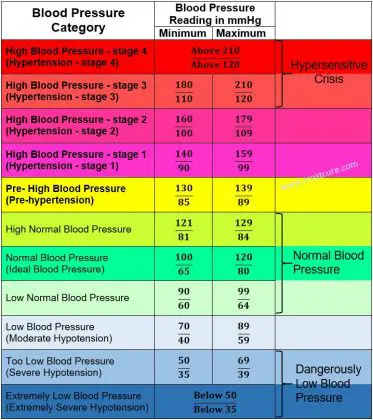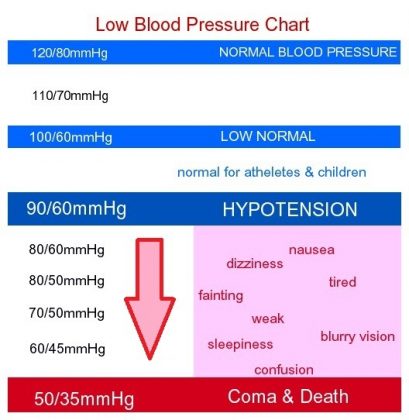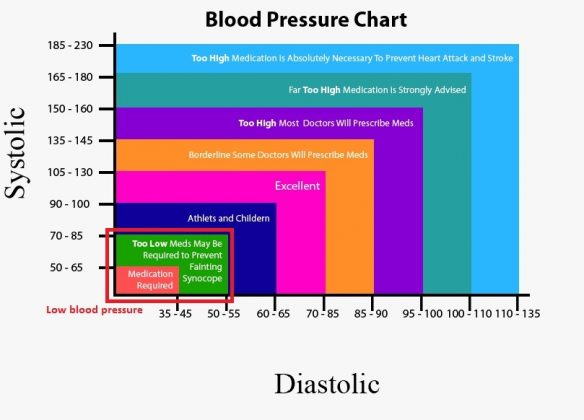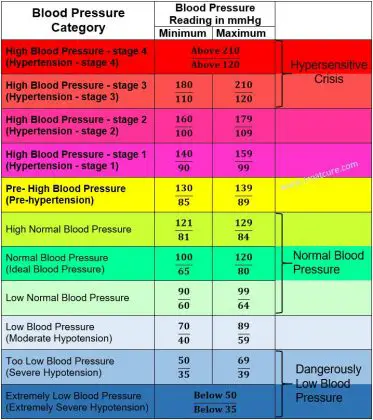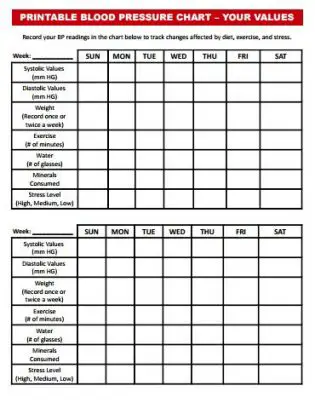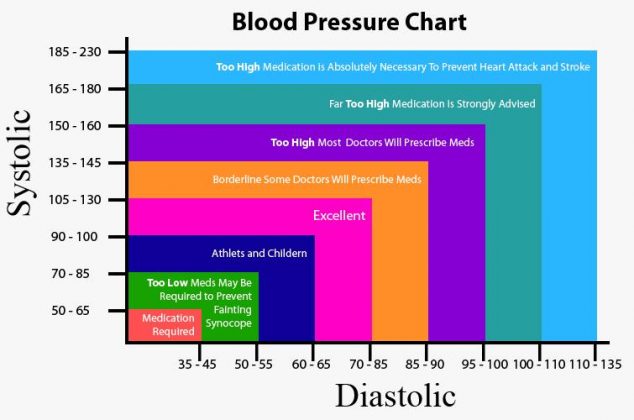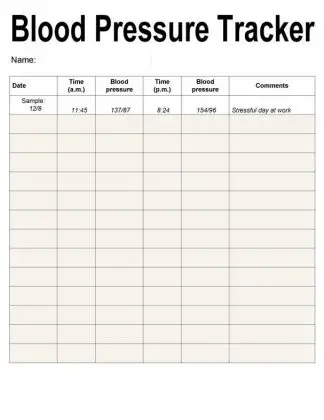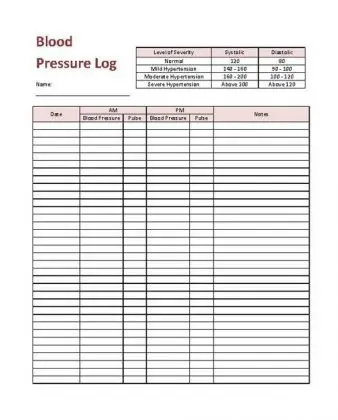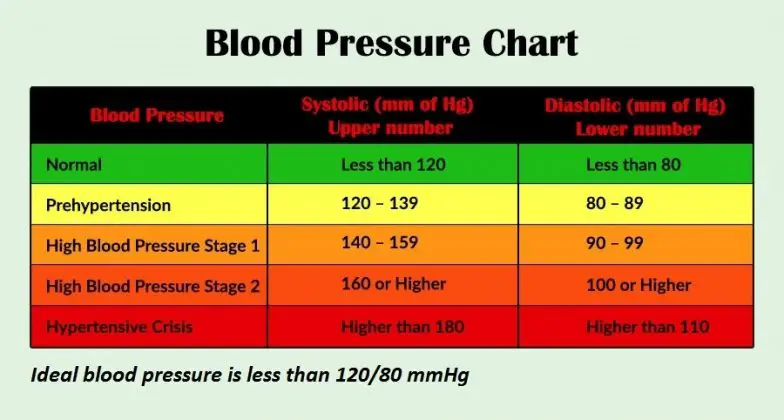Blood pressure, along with respiratory rate, heart rate, oxygen saturation, and body temperature, is an important and vital health indicator and is a measure of the force that your heart exhibits when pumping blood around the body. A normal value is usually somewhere between 90/60 mmHg, and 120/80 mmHg.
Check out the blood pressure charts below to find out whether your values are within normal limits or try out our tool to help you evaluate your blood pressure figures more accurately. It is advisable to regularly monitor blood pressure values in order to detect any deviations early. Periodic checks can be done at home, using an appropriate and certified monitor, or by regular check-ups with your personal doctor.
It is normal that blood pressure fluctuates during the day. Consecutive measurement will show a circadian rhythm over a 24-hour period. Usually highest reading will be observed in the morning, while lowest readings will be observed in the evening or during the night, when body is at rest. It is also important to note that blood pressure values may be affected by adrenaline, emotions, exercise, sleep patterns and digestion so make sure you pick a good time to do the screening, or otherwise your measurements will not be accurate. It is advisable to repeat the measurement up to three times in a row (with a pause of few minutes in between) to establish a correct value.
How to use blood pressure calculator
Please input your systolic and diastolic values into the tool provided below. For more information on diastolic and systolic values check out these useful links:
Systolic blood pressure
Diastolic blood pressure
Calculate blood pressure
Use the tool provided below to find out whether your indicated values are considered low, normal or high. This tool may be used for orientation purposes only.
Blood Pressure Calculator
Reference: www.heart.org
Normal blood pressure chart by age
Below images display possible blood pressure values per person’s age. These are informative values only.
Normal blood pressure chart
Below images display normal blood pressure values. These are informative values only. Keep in mind that unusually low blood pressure does not necessarily indicate a medical condition. Consult your personal doctor if you are experiencing any of the low blood pressure symptoms.
High blood pressure chart
High blood pressure should be treated promptly. Untreated condition may lead to health problems and further complications. Talk to your personal doctor if you are experiencing any of these symptoms.
Kids blood pressure chart
Children generally have lower blood pressure than adults. This is normal.
Ideal blood pressure chart
Ideal level is below 120/80 mmHg.
Find other charts in the gallery below
Note – always consult your personal doctor if you are unsure whether your numbers are too high or too low. If symptoms are present you need to visit your doctor promptly. Often times, an underlying problem may affect your numbers. It is always best to first try and change your lifestyle (abandon smoking, more exercise, proper diet) to mitigate the problem, however in some circumstances drugs will be your only option to keep things under control.
References: https://www.heart.org/en/health-topics/high-blood-pressure/understanding-blood-pressure-readings


































